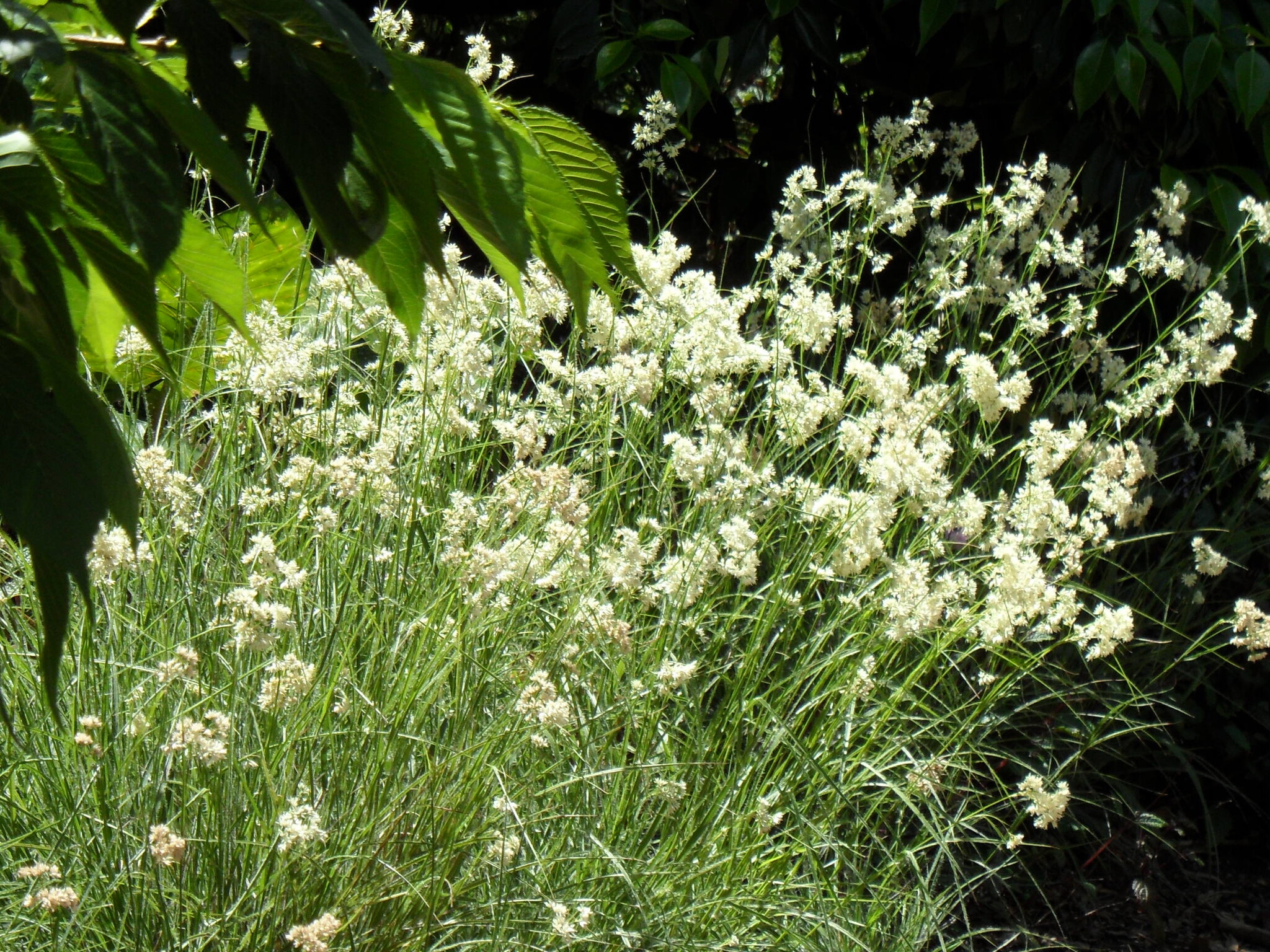
From the Italian luzziola – fire-fly, probably referring to the shiny quivering appearance of the heads or flower clusters.
Lowermost 1-4 bracts leaf-like. Flowers bisexual, usually clustered. Tepals more or less equal. Stamens mostly 6. Ovary 1-chambered. Fruit capsule usually smooth and shiny containing 3 seeds.
Luzula is fairly rarely cultivated but some species, such as L. nivea (L.) DC. from Europe and L. ulophylla (Buch.) Ckn from New Zealand, are quite ornamental and occasionally offered. Australian native species may be used in revegetation projects.
Division of rhizomes, occasionally by seed.
Leaves mostly flat, grass-like, and with longish hair; leaf sheaths closed; capsule 3-seeded.
115 cosmopolitan species mostly from temperate Eurasia. Australia has 15 species, 12 endemic.
Source: (2005). Juncaceae. In: . Horticultural Flora of South-eastern Australia. Volume 5. Flowering plants. Monocotyledons. The identification of garden and cultivated plants. University of New South Wales Press.
